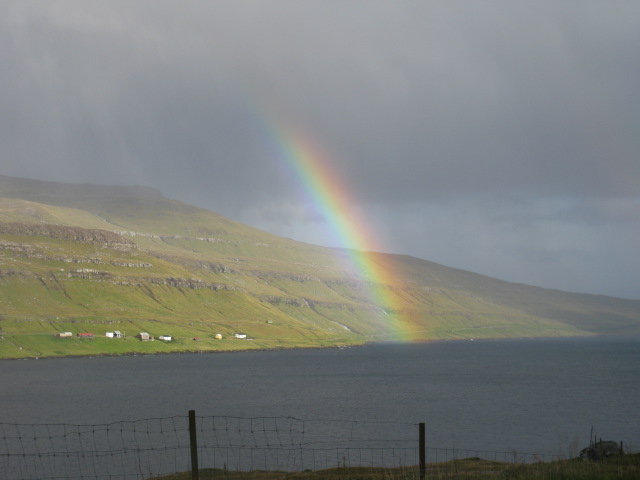
Are the Faroe Islands Arctic?
This week, I’m in the Faroe Islands in order to attend a meeting of the Arctic Monitoring and Assessment Programme (AMAP), one of six Working Groups of the Arctic Council.
At 62°00’N, the Faroe Islands lie midway between Norway and Iceland, about 4° south of the official boundary of the Arctic Circle. There’s an ongoing discussion about defining the boundaries of the Arctic — highly relevant for these islands, whose government just released an Arctic policy entitled: The Faroe Islands – a Nation in the Arctic. This self-governing region is part of the Nordic family of nations, but are these remote islands Arctic?
On Sunday, our group was invited to participate to a bus tour leaving from Tórshavn, the capital of the archipelago to the Viðareiði . Viðareiði is the northernmost village in the Faroe Islands. It was cold, rainy, windy and beautiful. The islands are located at the heart of the Gulf Stream delivering a cold oceanic climate, which means that the islands don’t experience a long-lasting accumulation of snow. The bus wandered over bridges and tunnels along steep slopes facing powerful North Atlantic waters.
The average temperature in July is an important environmental and biological indicator of ‘northernness’. An average temperature of 10º C closely corresponds to the treeline. If we use this indicator, large terrestrial areas of the Faroese archipelago mountains are indeed Arctic.
The harsh climatic conditions and the expected consequences of Arctic industrial development here lead me to conclude that the Faroe Islands will indeed be an important stakeholder in the Arctic’s future.
